Happy New Year, everyone! I just sent in the final art for I Want To Read All The Books, my new solo picture with Simon & Schuster Books For Young Readers. Deadline crunch is why I’ve been quieter on Substack lately. I’ll be resuming my Picture Book 101 series soon! Do you have a question about the craft or business of picture books? Feel free to ask in the comments and I’ll add it to my potential Topics list for 2024.
Whenever I interview someone in the children’s book community, I ask if they have advice for young creators. Some tips are geared toward very young creators, while others are for those just starting. Here are some of my favourites, with links to the full interviews if you’d like to learn more.
Advice From The Pros
Debbie notes: Click the links to read the full interview, many with behind-the-scenes process details, sketches, photos, and more.
Just do the work. Start right now. Sit with the uncomfortable probability that a large portion of your work isn’t going to come out the way you want. Then forgive yourself and keep writing anyway. - Sara Truuvert, Mira and Baku.
“Don’t shy away from talking about your unique identity or struggles…Writing your truth will always resonate with readers. It helps heal others and yourself, too.” - Kaz Windness, Bitsy Bat School Star. (On Substack:
)Pour as much time into your life as you do into your work. “My greatest inspirations come when I am away from my desk, and I have found that taking the time to step away from drawing is one of the most essential parts of my practice!” - Michelle Theodore, Mira and Baku.
“The things that make your art unique are also what makes you as a person unique... If you put those things into your work, you’ll stand out as an artist. Let those experiences guide your creative decisions. There’s only one of you. The closer your art gets to that core, the more it will stand out.” - Christopher Silas Neal, Creep, Leap, Crunch! A Food Chain Story.
Find a like-minded group of people to share the journey with - it can make all the difference. - Molly Ruttan, Something Wild. (On Substack:
)It’s unlikely you’ll come up with an idea that no one has ever had. Suggestion: think of two things you’re interested in (science and ballet, for example) and try combining them. - Jack Wong, When You Can Swim.
Avoid comparing yourself to peers and setting unrealistic expectations. Let your voice shine through your work! - Angela Poon, Who Is Tibet’s Exiled Leader? The 14th Dalai Lama.
Use writing prompts to challenge your imagination! - Heather Camlot, The Prisoner And The Writer.
Always be curious and be a lifelong learner. “So many doors can be opened to you if you’re willing to work to investigate and find out about things.” - Teresa Robeson, Who Is Tibet’s Exiled Leader? The 14th Dalai Lama.
Don’t be embarrassed about being a beginner. A pre-published writer is a real writer with real work to do. Don’t just sit around waiting for that first “yes!” from an agent or editor; join a critique group or a professional organization, take a class, and listen to podcasts and interviews with creators you admire. - Kate Jenks Landry, Beatrice and Barb.
The most important thing is to find what truly inspires you as an individual. “Whether it’s sticking to a particular style that you love or exploring various artistic approaches, the key is to create art that brings you joy and ignites your excitement. By following your artistic instincts and drawing what genuinely makes you happy, your unique style and direction naturally emerge from your passion.” - Vivian Mineker, Beatrice and Barb.
“Lifting other illustrator voices in the spirit of community and camaraderie—as opposed to competition—fuels strong partnerships that will endure far beyond the blip of a social media post.” - Lori Steele, agent at Red Fox Literary.
“Patient consistency is a key and it will unlock opportunity.” - Christopher Thornock, illustrator who found his agent via social media.
Trying new things is essential for personal growth. Focus on your positives rather than spending your time and energy on negatives like comparison with others, disappointments, lists you didn’t make, awards you didn’t win, rejections you received, etc. - Paul Coccia, I Got You Babe.
Picture book writers: Remember that a picture book manuscript moves and works differently than a conventional short story. “Even if you aren’t creating the art, you are still working in a visual medium. It’s worth putting time and effort into understanding what that means in terms of your craft. Follow illustrators on social media and read/listen to interviews where they talk about their work.” - Kate Jenks Landry, Beatrice and Barb. (Note from Debbie: Kate has LOTS more specific advice for picture book writers in this interview!)
“The art of writing is never a waste of time or effort…give yourself permission to enjoy the process without it needing to fulfill a lofty purpose.” - Karen M. Greenwald, A Vote For Susanna: The First Woman Mayor.
Even if you’re “just” an illustrator, keep drawing AND journaling. “You have stories to tell and ideas to explore. Dig deep.” - Tyler Charlton, The Wave. (On Substack:
)Draw and write what you’re interested in. If you do, it’ll show up in your work. Draw and paint from life if you can. Draw what’s around you. It will train your eye to see three-dimensionally. - Benson Shum, Cindy and Panda, First Night Of Howlergarten.
“My most practical advice is this: write every day. Write when you feel like it; write when you don’t. Even when you think every word is awful, it’s something to come back to and edit the following day. And chances are it’s not as bad as you thought.” - Daphne Benedis-Grab, I Will Find You.
Read like a writer. “Find mentor texts and analyze how they are constructed and why they are successful.” - Ronni Diamondstein, Jackie and the Books She Loved. (On Substack:
)“Don’t be ashamed or embarrassed about your writing voice, thinking it might not sound like ‘real’ writing. The words you choose, how you put sentences together, and the thoughts you include in those sentences come from who you are. That’s good enough. The world needs your voice!” - Jody Jensen Shaffer, Creep, Leap Crunch! A Food Chain Story.
“For young creators: keep practicing what you are trying to achieve. I never went to art school but took classes through Storyteller Academy and watched tutorials on YouTube. Sometimes illustrating is difficult for me, especially when dealing with colors and values. But I test out possibilities and experiment with the different types of digital brushes. I make sure to incorporate different textures so that my artwork doesn’t seem flat.” - Kim-Hoa Ung, A Gift For Nai Nai.
Also, see my archives of Advice For Young Writers & Illustrators From Industry Pros.
As I emerge from the haze of deadline frenzy, I’m starting to catch up on some of my favourite Substack reads. Here are just a few posts I’ve especially enjoyed:
What I Learned From Writing Here On Substack: I Opened Some Paid Posts To Everyone - by
Perfect Words - by
For the Fun Of it: A Year In Review - by
New Year, New Hand! An update on my poor drawing hand. - by
Does anyone have any posts they’re especially proud of? Or a post you’ve recently read that has stood out for you? Feel free to post in the comments below!


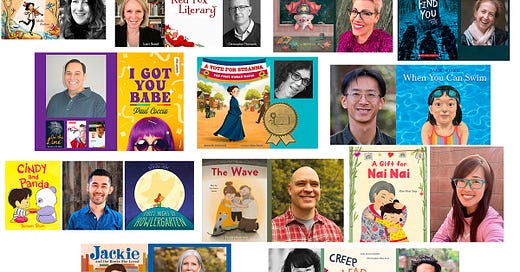



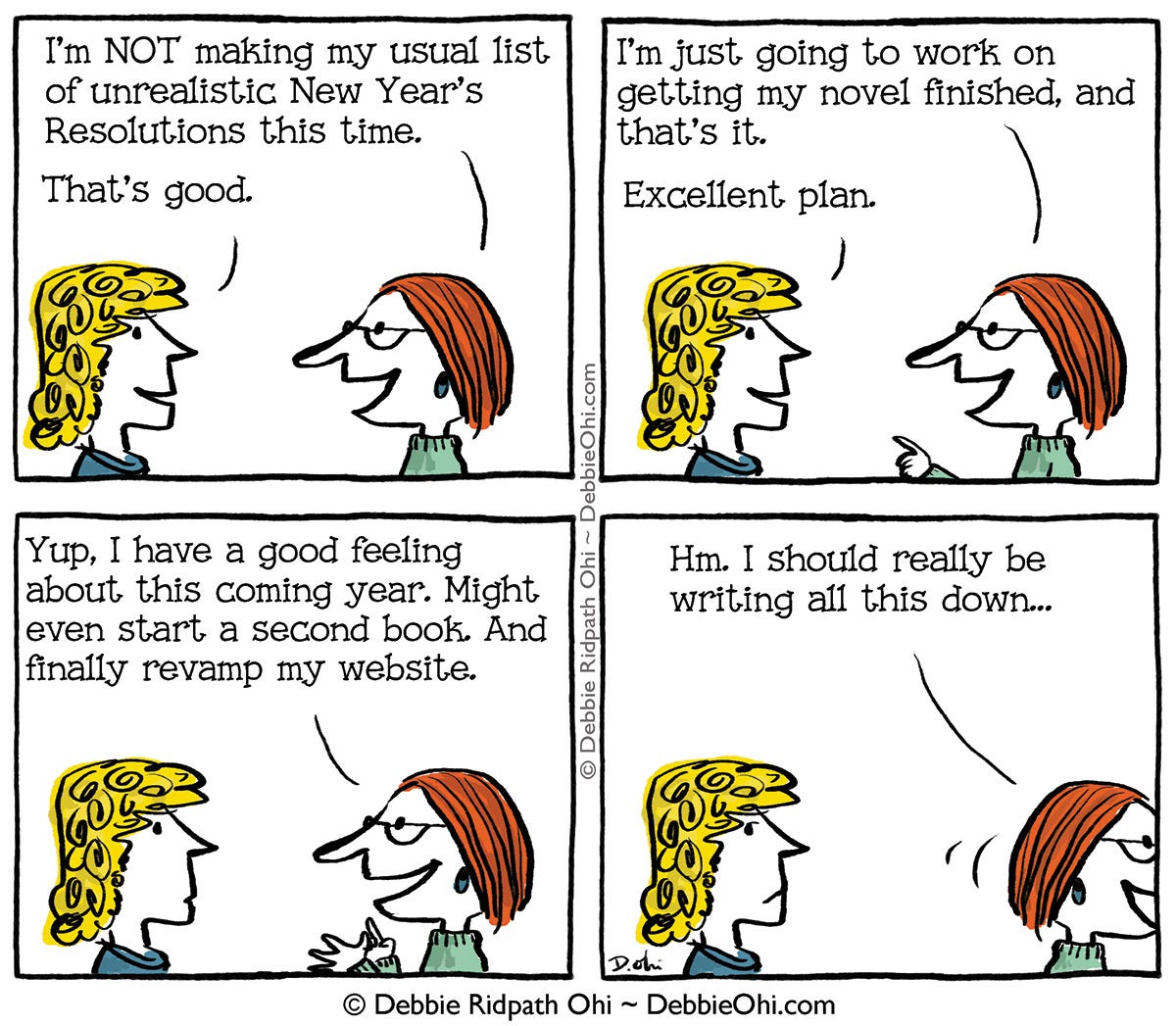
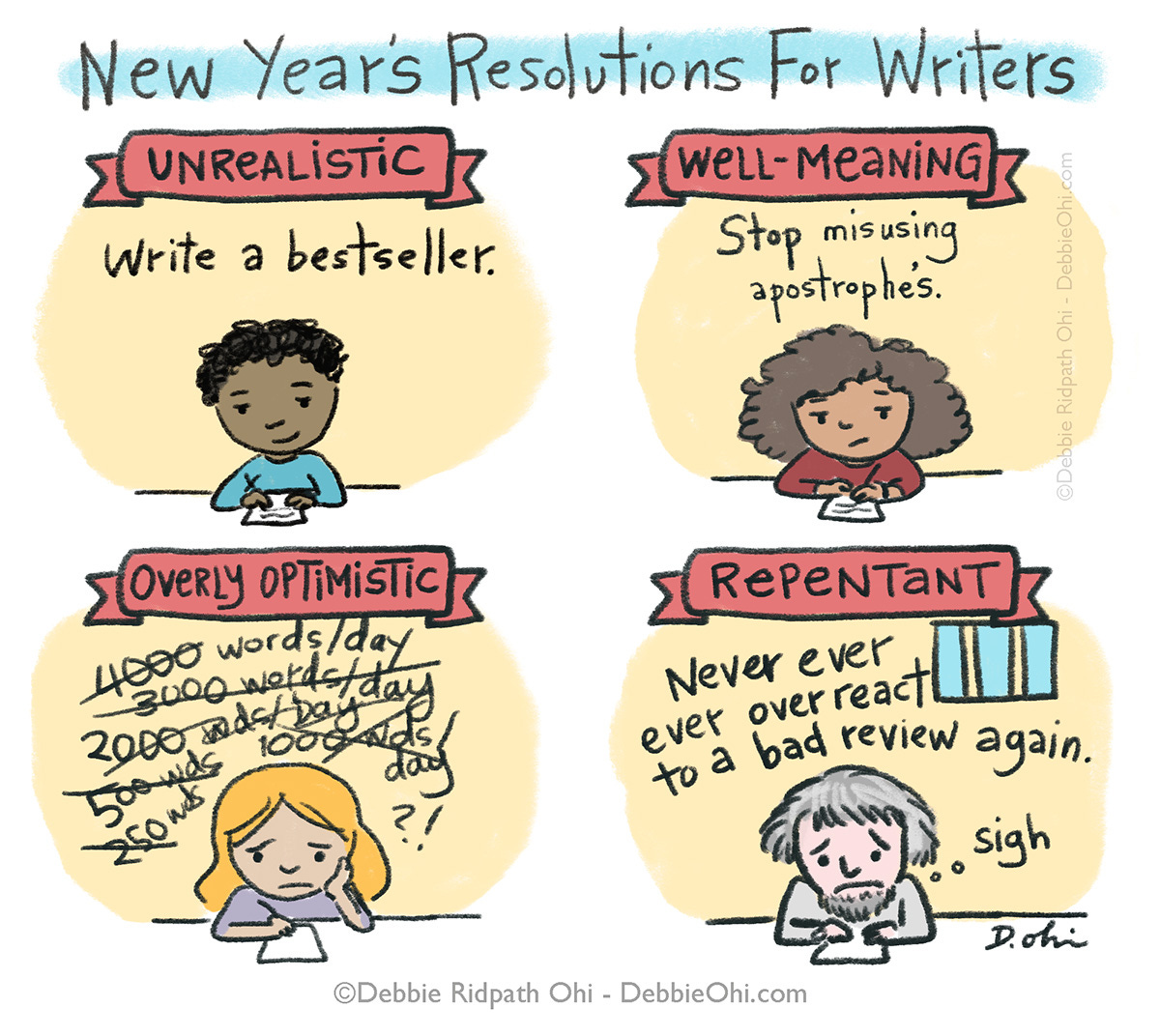
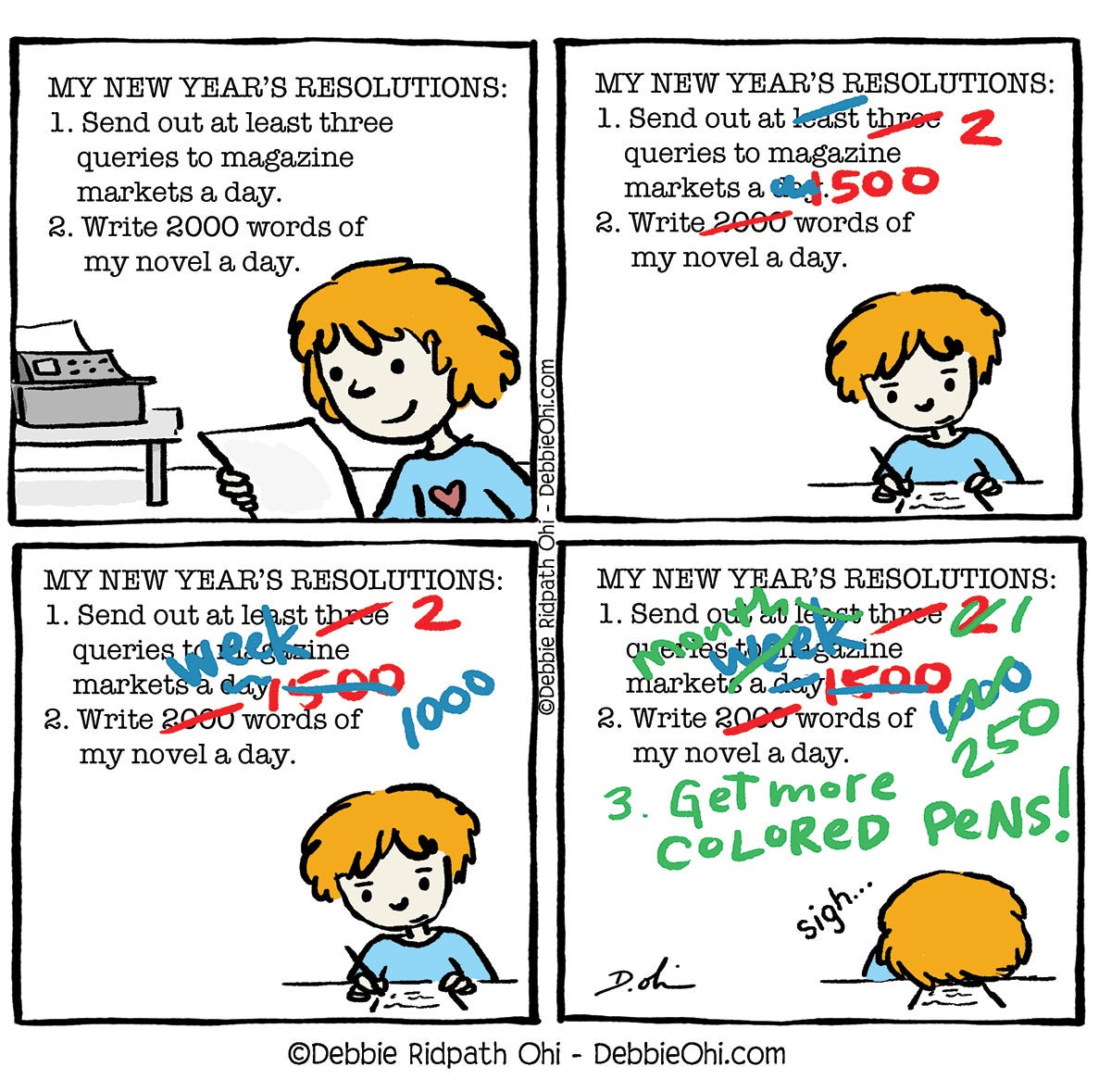
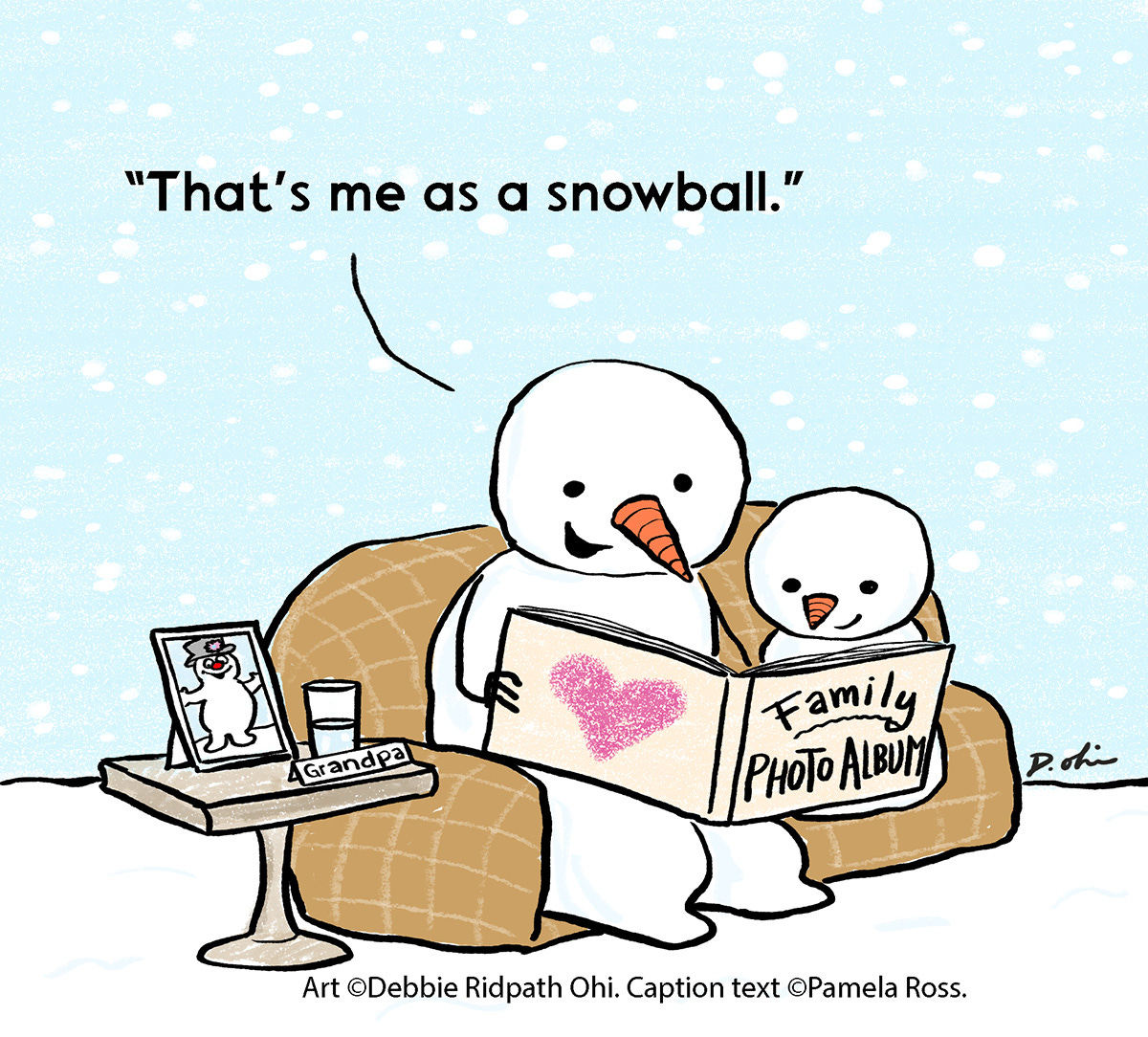
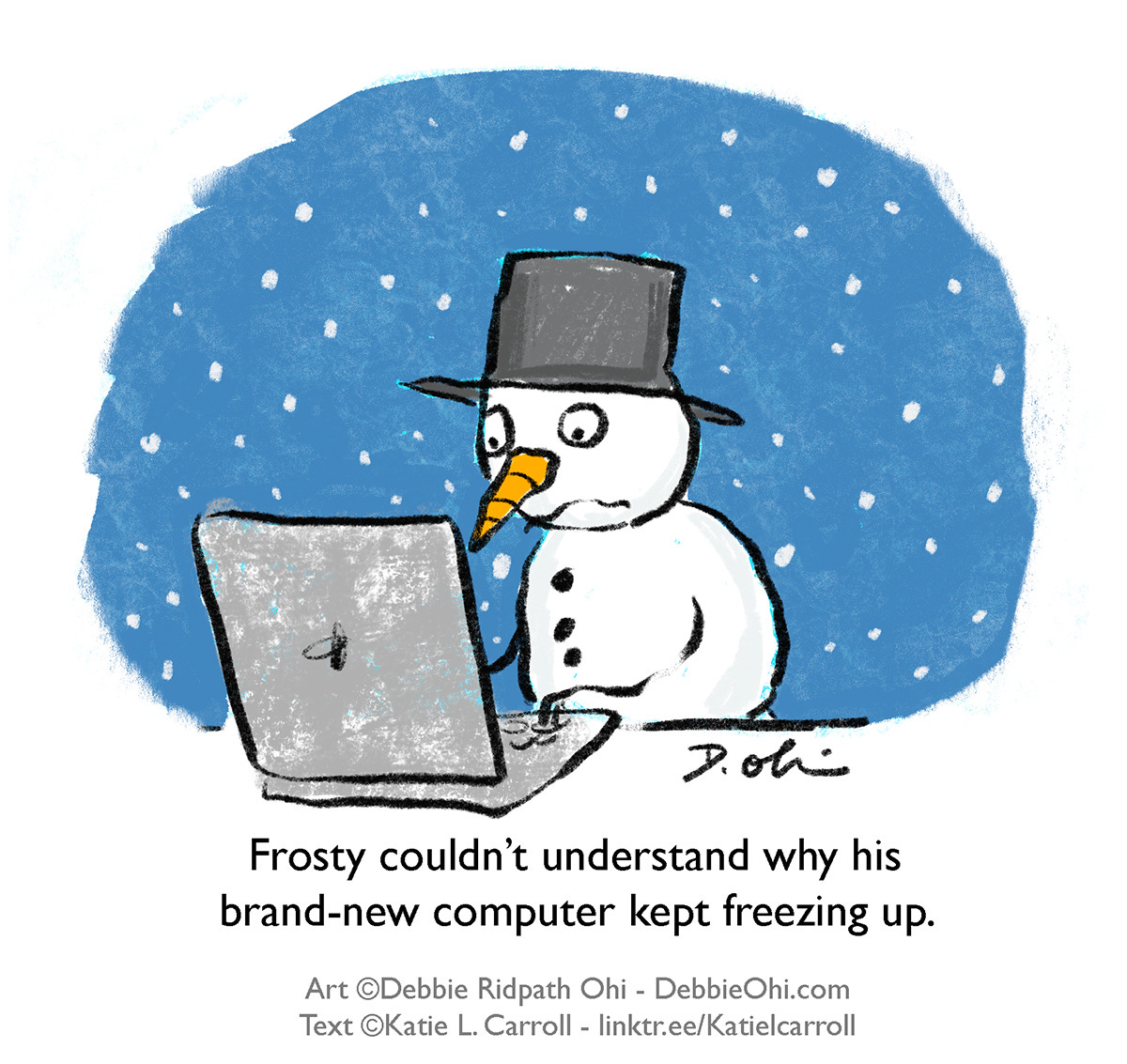


Thanks! That was great. Relevant for anyone, kid or adult, pro or amateur. Cheers!
What a great roundup - and I loved “That’s me as a snowball”! 🥰